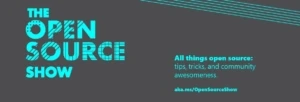JUnit 5 adopts Azure Pipelines
Prior to March 2019 we, the JUnit team, used various continuous integration (CI) services to perform CI checks, from a self-managed Jenkins instance on CloudBees to a Travis CI and AppVeyor setup. Managing three different setups was not ideal, so the team reduced the CI services used to two: Travis for Linux and Mac builds Read more






